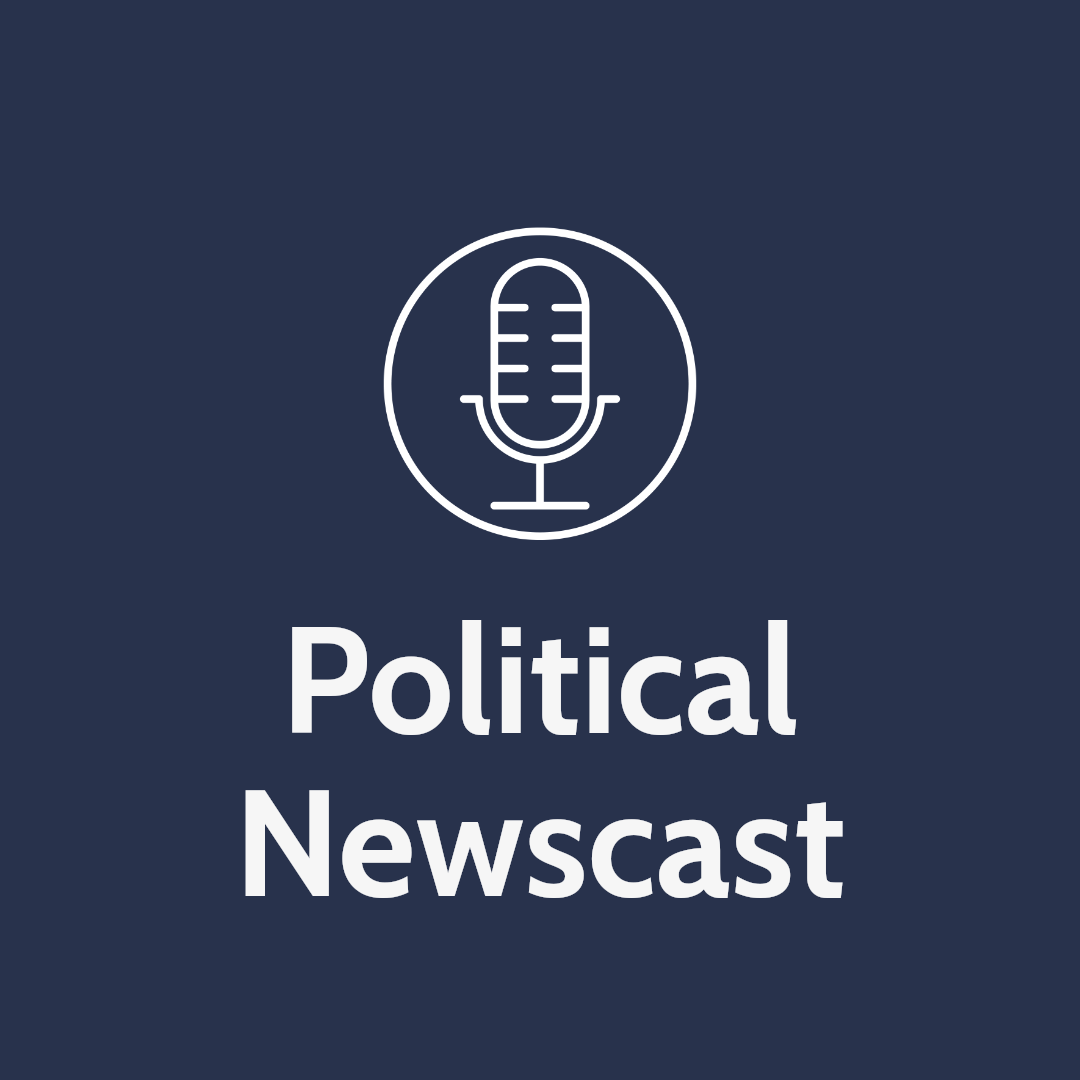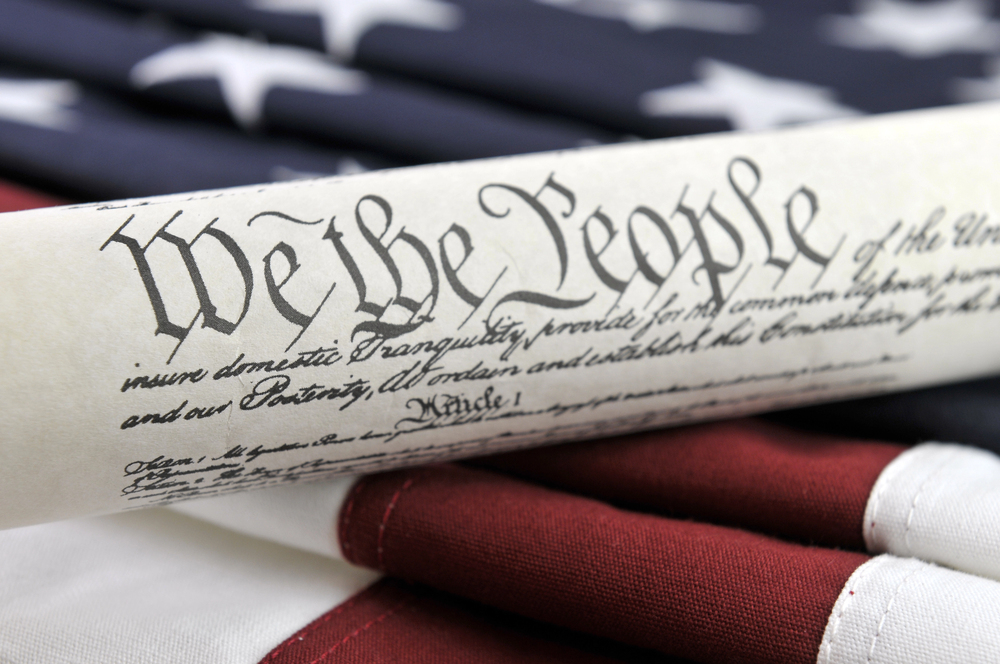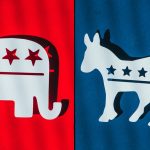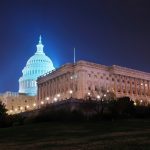A faction in politics is a group within a larger political party or movement that organizes around specific interests or viewpoints. These groups form to advocate for certain policies or priorities, even if they differ from the main party direction.
Factions do not generally seek independent electoral success but instead work from inside to shape decisions and influence leadership. Disagreements between factions sometimes lead to shifts in party policies, or in certain cases, can even result in division within the party.
Many historic and current political systems have seen the rise of factions, impacting how decisions are made and priorities are set. This ongoing process shapes the way parties respond to the needs and demands within their own ranks.
Definition and Characteristics of Factions in Politics
A faction in politics refers to a group within a larger political party or movement that pursues specific interests or goals. These groups play a role in shaping party strategies, influencing policy, and sometimes sparking disagreement within the party.
What Is a Faction
A political faction is a subgroup within a broader political party or organization. Members share a common goal, interest, or set of beliefs that might differ from those of the main party. Factions usually operate as voting blocs, backing policies or candidates that align with their interests.
Factions can develop because of disagreements about ideology, policy, or leadership style. The existence of multiple factions in a party can give rise to competition and even intragroup conflict. Political theorists have long noted that factions can influence the direction and priorities of larger political entities.
Historically, U.S. presidents like George Washington warned about the dangers of factions, fearing their potential to divide national unity. Despite this, factions remain common in democracies, sometimes fostering diverse viewpoints within a single party.
Key Features of Political Factions
Political factions have several defining features:
- Shared Purpose: Each faction coalesces around a specific idea or policy preference.
- Organization: Factions are often organized with informal or formal leadership structures.
- Influence: They work to sway decisions within the broader party rather than acting independently.
- Voting Blocs: Faction members may vote together as a unit to increase their leverage during party decisions or elections.
These groups tend to reduce party discipline by encouraging different segments of the party to advocate for their own interests. In some cases, this can move the party’s overall position on major issues. While factions can increase debate and innovation, they sometimes lead to instability or even party splits during times of serious disagreement.
Differences Between Factions and Political Parties
A political party is a large, organized group seeking to win elections and carry out a broad political agenda. In contrast, a faction is a smaller group within a party focused on narrower or distinct interests and does not typically field its own candidates separately.
Political parties work to present unified platforms and policies to appeal to a wide range of voters. Factions concentrate on influencing outcomes from within, often prioritizing their specific agendas above broader party unity. While a political party may contain several factions, each with its own priorities, these factions rarely operate completely independently.
Schisms between factions can sometimes lead to the creation of new parties if conflicts cannot be resolved. Factions are instrumental in capturing diverse viewpoints within large political parties, yet they function mainly as subgroups, not as stand-alone electoral competitors.
Role of Factions in Historical and Modern Politics
Factions have played significant roles in shaping political systems by influencing party development, policy debates, and the operations of government institutions. Their presence can be traced from the earliest days of the United States to current political parties and policy disputes.
Factions in Early American Politics
Early American politics was marked by the immediate emergence of factions despite calls for unity.
George Washington, in his Farewell Address, warned against the dangers of factionalism, fearing it would divide the republic. Yet, debates over the new Constitution led to the Federalists and Anti-Federalists, who argued over central government powers and the need for a Bill of Rights.
These early divisions solidified into formal parties—the Federalists, led by Alexander Hamilton, and the Democratic-Republicans, championed by Thomas Jefferson and James Madison. In Federalist 10, Madison described factions as groups united by shared interests or passions that could act against the public interest, highlighting the challenge they posed to representative government.
Factions in Contemporary Political Systems
In today’s United States, political parties are often divided internally by ideological or regional factions.
Groups like the Tea Party within the Republican Party or Progressives within the Democratic Party illustrate how modern factions function. These groups influence party platforms, candidate selection, and legislative priorities, sometimes creating tension but also spurring policy discussions.
Factions are not limited to the U.S.; similar divisions exist in parliamentary systems worldwide. Internal groups press for specific policies or reforms, affecting the unity and decision-making process within their parties.
Influence of Factions on Specific Policies
Factions have a history of shaping significant policies in the United States.
For example, the Progressive faction in the early twentieth century pushed for antitrust laws, labor protections, and social welfare reforms. In the 1960s, civil rights factions within both parties played important roles in passing landmark civil rights legislation.
Within contemporary parties, specific factions advocate for policies such as tax cuts, environmental regulations, or healthcare reform. The presence of organized groups with focused agendas can drive legislative priorities and shift national debates.
Factionalism and Party Discipline
Factionalism often challenges party discipline by encouraging dissent on legislative votes or party stances.
When factions have strong policy preferences, their members may break with party leaders, complicating efforts to maintain unity. This is common during debates over contentious issues like immigration, health care, or judicial review where factional interests override party lines.
The balancing act between acknowledging factional views and maintaining cohesion is a recurring issue for party leaders. Resolving these tensions can determine a party’s effectiveness in passing laws and its ability to present a unified front to the electorate.
Factions in Various Countries and Political Parties
Many political parties around the world contain organized subgroups or factions, which frequently compete for influence and guide party decisions. These factions can reflect ideological, regional, or policy differences within larger parties, playing an active role in shaping national political movements.
United States: Democratic and Republican Factions
The Democratic Party sees several influential factions, including the Congressional Progressive Caucus, which supports left-leaning policies on healthcare and social justice. The Blue Dog Coalition represents centrist and fiscally conservative members, while groups like the New Democrat Coalition emphasize moderate and business-friendly policy.
Republican Party factions include the Freedom Caucus, which advocates for limited government and fiscal conservatism. The Republican Study Committee gathers more traditional conservatives, and the Tuesday Group leans moderate. External groups such as the Tea Party Movement have also influenced the party’s direction.
Less visible are factions in smaller U.S. parties. The Libertarian Party, for example, contains divisions between “minarchists,” who support minimal state activity, and “anarchists,” who promote eliminating state control entirely.
United Kingdom: Conservative and Labour Party Factions
The Conservative Party in the UK contains several informal groups. The European Research Group focuses on Euroscepticism and played a major role during Brexit debates. The One Nation Conservatives promote more centrist and inclusive policies, while the Cornerstone Group emphasizes traditional social values.
Labour Party factions range from the socialist-leaning Momentum, founded to support Jeremy Corbyn’s leadership, to the centrist Labour First and Progress groups. These factions often disagree sharply on taxation, social spending, and party governance. Internal disputes can become public, affecting national election campaigns.
Each party’s internal divisions frequently influence leadership contests, policy direction, and campaign strategies. Factional balance can shift rapidly in response to national or international issues.
International Examples: France, Italy, Japan, Russia, and Australia
France’s Socialist Party contains factions such as the reformist and traditionalist wings, while right-of-center parties like Les Républicains host both moderate and hardline groups. Italy features complex internal alliances: the Democratic Party of Italy merges former communists and social democrats, Forza Italia includes former Christian Democrats and liberals, and the Communist Refoundation Party appeals to far-left voters.
Japan’s Liberal Democratic Party is structured around powerful internal groups called “habatsu,” which compete for cabinet posts and leadership positions. These factions are essential in party politics, affecting almost every major decision.
Russia’s historical parties, such as the Russian Social Democratic Labour Party, famously split into Menshevik and Bolshevik factions, shaping 20th-century history. Australia’s two main parties, the Australian Labor Party and the Liberal Party of Australia, also contain well-organized right, center, and left factions, each influencing party discipline and national policy debates.
Impacts and Consequences of Political Factions
Political factions shape party dynamics, influence policy debates, and can either contribute to stability or trigger discord. Their presence often determines the direction of key votes and the formation of alliances in legislative bodies.
Benefits of Factions in Democracies
Factions often represent groups with distinct interests or beliefs, which supports a wide ideological spectrum and makes democratic systems more responsive. Their existence can promote political participation and give voters more choices within and beyond established parties.
Political science research suggests that factions can serve as checks on party leadership and discourage authoritarian practices. By advocating for policies such as pro-life legislation or economic reforms, factions bring pressing issues to the forefront, encouraging active debate and compromise.
Mechanisms like the Ley de Lemas in Uruguay have allowed factions within parties to compete, providing voters with multiple voices while still participating under one party banner. This diversity of opinion can result in better representation for various segments of the population.
Challenges and Conflicts Arising from Factionalism
While factions can enrich debate, they frequently lead to internal conflicts and power struggles. Intense factional competition sometimes creates party splits, alliances of convenience, or even government gridlock when no group secures a majority.
Conflicts between factions contribute to unstable coalitions and policy uncertainty. When divisions grow unchecked, party members may defect or establish new parties, as seen historically in many parliamentary systems. In extreme cases, prolonged factionalism leads to government paralysis.
Internal competition is especially visible during primary elections or leadership contests within parties. Sharp ideological differences between progressive and conservative factions, for example, often delay or block controversial legislation.
Factions and Their Role in Shaping Political Movements
Factions frequently drive the emergence and evolution of political movements. Many major shifts in political systems—like civil rights advances or environmental reforms—have roots in persistent advocacy from factions within broader organizations or parties.
By challenging mainstream positions, factions redefine party platforms and public policies over time. They serve as incubators for new ideas, recruiting activists and shaping voter sentiments on issues such as abortion, labor rights, or public spending.
Political science studies reveal that when factions mobilize effectively, they influence elections, push platforms in new directions, and sometimes create entirely new parties. These activities demonstrate how factions act as engines for political change and adaptation.





